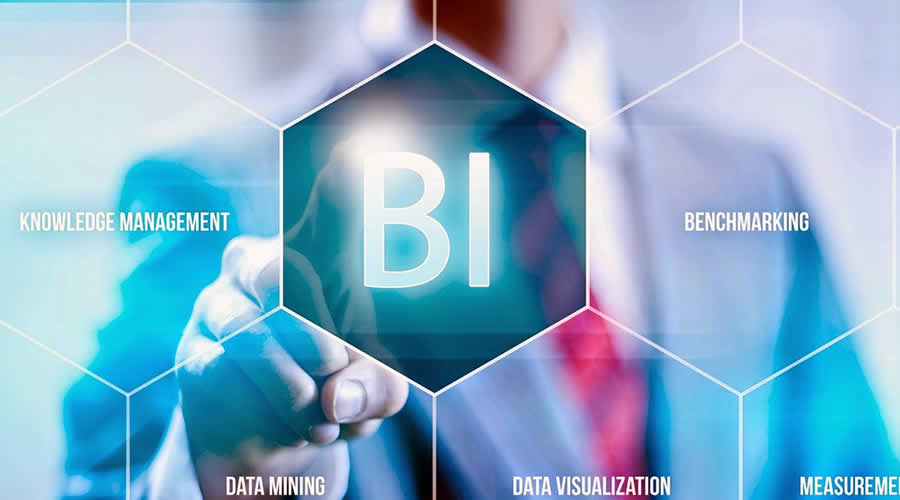Becoming a data-driven organization is not something that happens overnight. In fact, the opposite is true. A lot has to happen between deploying business intelligence (BI) tools and seeing the returns on your investment (ROI) in the form of optimized business outcomes. There are opportunities for improvement every step of the way.
Companies can start by critically evaluating their approach to BI reporting — is it as good as it could be? Consider these five characteristics of effective BI reporting.
Contents
Accessible to Non-Technical Users
The first hallmark of effective BI is accessibility to all, even non-technical users with little to no background in data. In other words, people outside the IT team should be able to query data and create visualization models based on their findings. With access to self-service analytics, “professionals are enabled and encouraged to perform queries and generate reports on their own, with nominal IT support.”
The longer it takes for employees to get insights — and the more convoluted the process is — the more adoption rates will suffer. This is why data accessibility is key; it allows people to work with data directly when they need answers, rather than having to wait for the IT team to create a report for them.
More Data, But Fewer Reports
It may sound counterintuitive at first, but another characteristic of effective BI reporting is fewer reports. Self-service tools like ThoughtSpot allow employees to ask questions and drill down into data insights immediately whenever a question arises or a decision needs to be made.
As a result, there’s less need for scheduled reports generated by IT and delivered to other teams. Instead of having to wait for that Friday afternoon performance report, employees can see where things stand moment by moment and make decisions based on the findings. BI reports can now be generated automatically around key KPIs as they change and automatically pushed to the right user thanks to active monitoring.
Reduces IT Backlog
There’s room for improvement if your IT people are experiencing ongoing backlogs of report requests on behalf of other departments.
Giving employees access to self-service BI tools empowers them to query data directly whenever an answer is required. This can free up IT specialists to work on more impactful projects and get out from under the mountain of reporting requests that piled up under legacy BI tools. IT teams can also focus on data governance and strategy in lieu of a reporting backlog.
Has a Single Source of Truth
It’s irrelevant how quickly or conveniently employees can get data insights if those insights aren’t trustworthy. It’s also a problem if different teams think they’re on the same page but are actually working from different data sources telling different stories. Transparency is key.
Make sure you’re working from a common BI platform — one providing a single source of truth to all users, offering transparency about the insights themselves as well as from where they came. This will help users better understand, validate and trust perceptions before factoring them into decision making. This single source of truth must be able to incorporate data from multiple sources, including on-premises and cloud tech.
Drives Business Outcomes
Effective BI reporting must drive business outcomes demonstrably. Thus there needs to be a practical application for the data insights users are generating on a regular basis. The ability to query data and get an interactive chart in seconds is great — but the next step is using that information to actually improve business in some way, like tapping into a new revenue stream or correcting an operational inefficiency. So, track the measurable impact your BI reporting has on your bottom line to gauge its effectiveness. Business leaders must also be able to determine what data and insights are actually needed to affect business outcomes rather than thinking of all that is technically possible to generate.
If these five characteristics of effective BI reporting sound like a checklist describing your company, you’re on your way to being data-driven. If not, revisit your current approach and look for opportunities to refine it.


